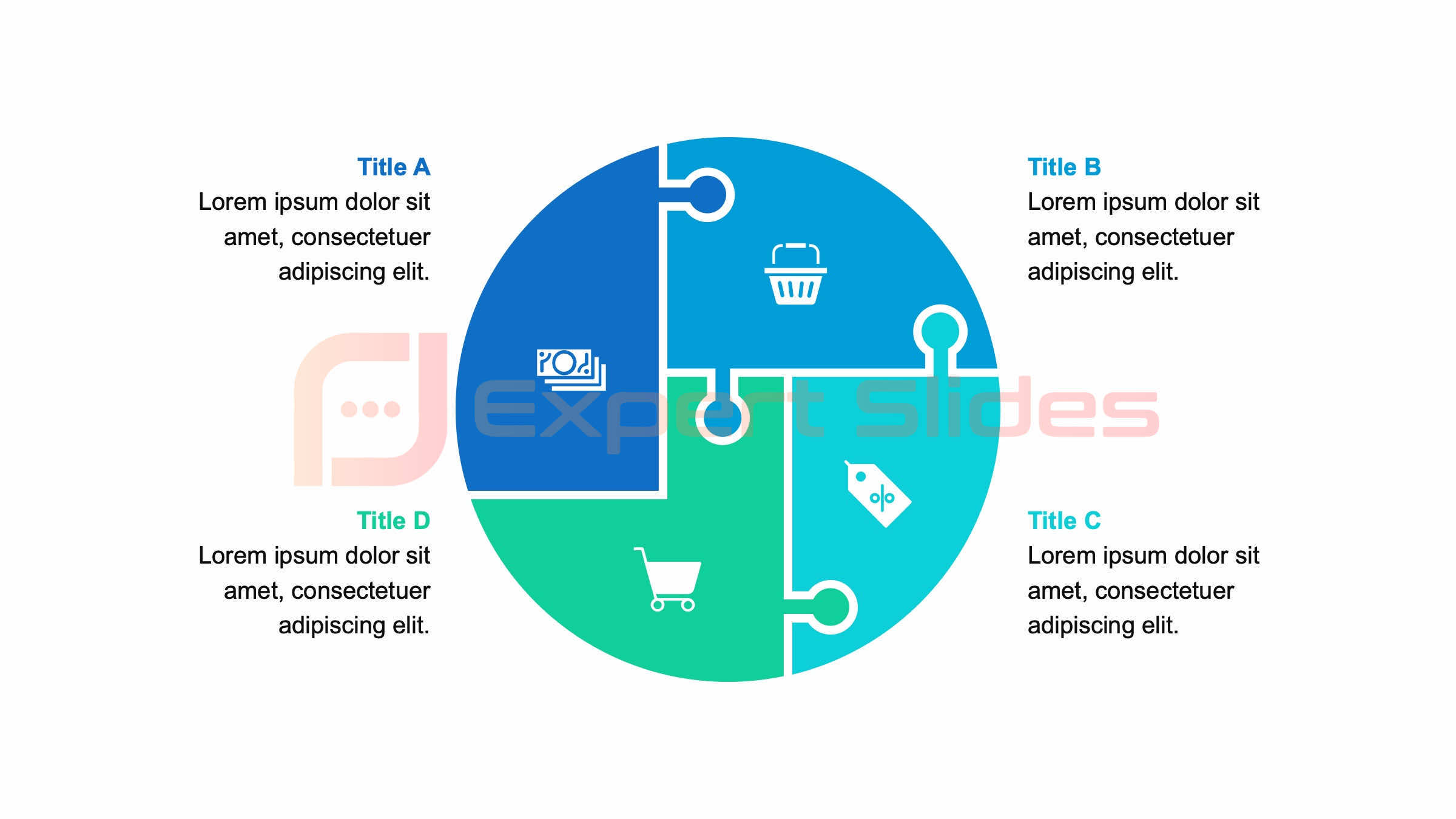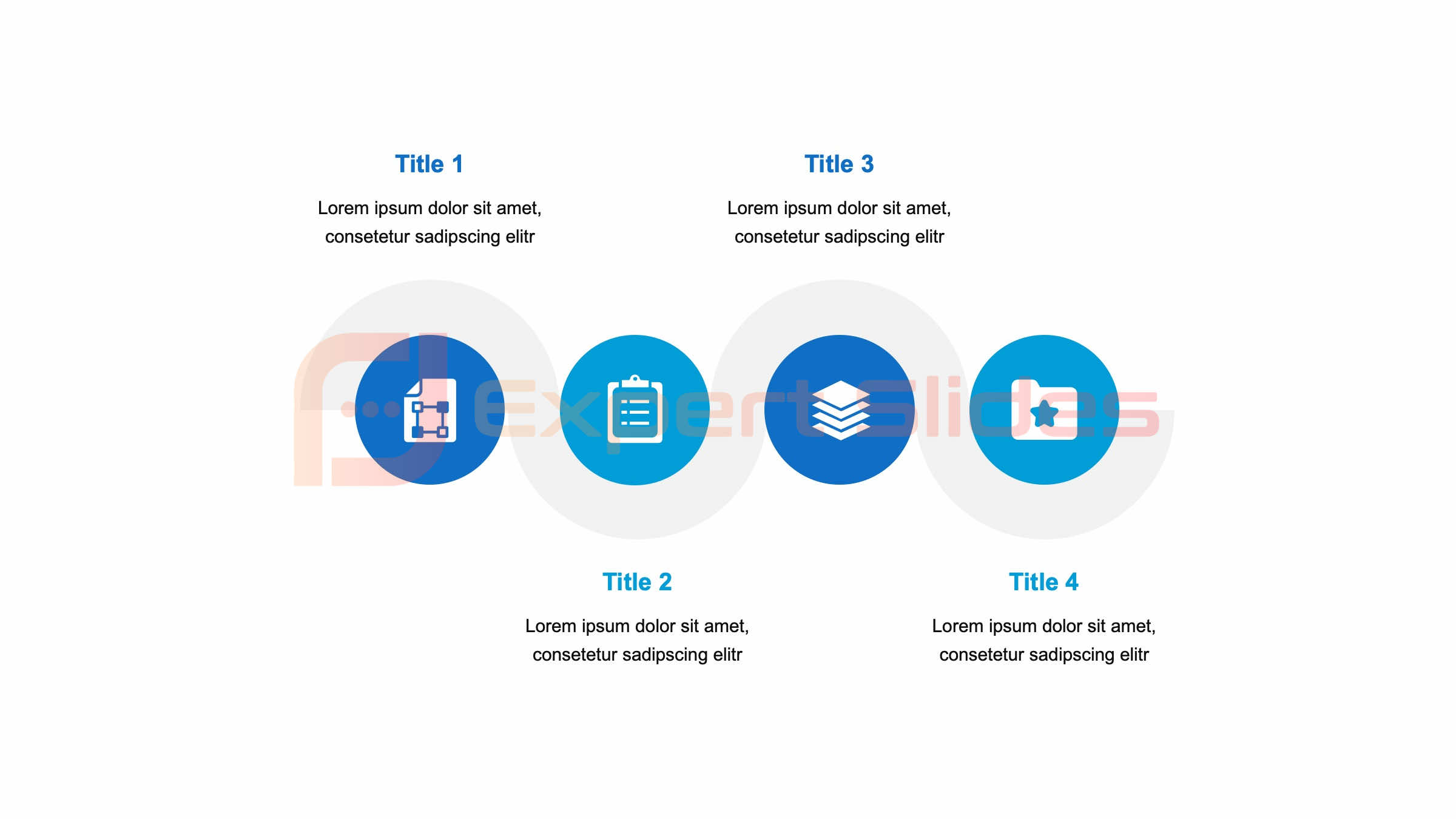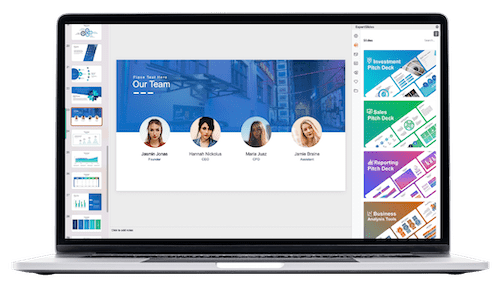How to Write a Presentation – Tips for Effective Writting
Table of Contents
When crafting a presentation, it is essential to consider the audience who will be receiving the information. Understanding the demographics, interests, and knowledge level of the audience enables the presenter to tailor the content to meet their specific needs and engage their attention. Researching the audience beforehand helps determine the tone, language, and level of detail to include in the presentation.
For instance, when presenting to industry experts, it may be necessary to incorporate technical details and specialized terminology, whereas a general audience may require simpler language and clear explanations. In addition to demographics and knowledge level, it is crucial to consider the audience’s motivations and interests. What do they hope to gain from the presentation?
What challenges or pain points can the presentation address? By understanding the audience’s motivations and interests, the presenter can create content that resonates with them and provides value. For example, when introducing a new product or service, the focus should be on how it solves a specific problem for the audience, rather than simply listing its features and benefits.
Ultimately, taking the time to understand the audience ensures the creation of a presentation that is relevant, engaging, and impactful.
Key Takeaways
- Understand your audience: Tailor your presentation to their needs, interests, and level of understanding.
- Structure your presentation: Organize your content in a clear and logical manner to keep your audience engaged.
- Craft engaging content: Use storytelling, examples, and interactive elements to make your presentation memorable.
- Use visual aids effectively: Use visuals to enhance your message and keep your audience focused.
- Rehearse and refine your delivery: Practice your presentation to ensure a confident and polished delivery.
Structuring Your Presentation

The Problem-Solution Framework
One common structure for presentations is the “problem-solution” framework, where you start by outlining a problem or challenge that your audience is facing, and then present your solution or recommendation. This structure helps to create a sense of urgency and relevance for your audience, as they can see how your presentation directly addresses their needs.
The Power of Storytelling
Another effective structure for presentations is the “storytelling” approach, where you use a narrative arc to guide your audience through your content. This can be particularly effective for engaging audiences and making your message memorable. For example, you can start with a personal anecdote or case study that illustrates the problem or challenge at hand, then move on to present the solution or recommendation, and finally conclude with a call to action or key takeaway.
Creating an Emotional Connection
This storytelling approach can help create an emotional connection with your audience and make your presentation more compelling. Overall, structuring your presentation in a clear and engaging way will help you effectively communicate your message and keep your audience interested and attentive.
Crafting Engaging Content
 Once you have a clear understanding of your audience and have structured your presentation, the next step is to craft engaging content that will resonate with your audience and effectively communicate your message. One key aspect of crafting engaging content is to focus on the benefits and value that your presentation offers to your audience. Instead of just listing features or details, focus on how your presentation can help solve a problem, address a need, or provide a valuable insight.
Once you have a clear understanding of your audience and have structured your presentation, the next step is to craft engaging content that will resonate with your audience and effectively communicate your message. One key aspect of crafting engaging content is to focus on the benefits and value that your presentation offers to your audience. Instead of just listing features or details, focus on how your presentation can help solve a problem, address a need, or provide a valuable insight.
This will help create a sense of relevance and urgency for your audience, and make them more receptive to your message. Another important aspect of crafting engaging content is to use clear and concise language that is easy for your audience to understand. Avoid using jargon or technical terms that may be unfamiliar to your audience, and instead focus on providing clear explanations and examples.
Using simple language will help ensure that your message is easily understood and remembered by your audience. Additionally, consider using storytelling techniques, such as anecdotes or case studies, to make your content more relatable and memorable. By crafting engaging content that focuses on benefits, uses clear language, and incorporates storytelling techniques, you can create a presentation that resonates with your audience and effectively communicates your message.
Using Visual Aids Effectively
| Tip | Description |
|---|---|
| Understand your audience | Research and understand the demographics, interests, and knowledge level of your audience. |
| Define your purpose | Clearly define the purpose of your presentation and what you want to achieve. |
| Structure your content | Organize your content into an introduction, main points, and conclusion for better flow. |
| Use visuals | Incorporate visuals such as images, charts, and graphs to enhance understanding and engagement. |
| Practice and rehearse | Practice your presentation multiple times to improve delivery and confidence. |
| Engage your audience | Encourage interaction and engagement through questions, polls, or discussions. |
| Use storytelling | Weave in relevant stories to make your presentation more relatable and memorable. |
In addition to crafting engaging content, using visual aids effectively can greatly enhance the impact of your presentation. Visual aids such as slides, charts, graphs, and images can help illustrate key points, break up text-heavy slides, and make complex information easier to understand. When using visual aids, it is important to keep them simple and uncluttered, with a focus on conveying key messages or data points.
Avoid using too much text on slides, as this can overwhelm your audience and detract from your message. Instead, use visuals to complement and reinforce what you are saying verbally. Another important aspect of using visual aids effectively is to ensure that they are visually appealing and professional-looking.
Use high-quality images and graphics, choose a consistent color scheme and font style, and ensure that all visual aids are easy to read from a distance. This will help maintain the attention of your audience and create a polished and professional impression. Additionally, consider using visual aids to tell a story or guide the flow of your presentation.
For example, you can use a series of images or diagrams to illustrate the progression of a process or concept. By using visual aids effectively, you can enhance the impact of your presentation and make it more engaging and memorable for your audience.
Rehearsing and Refining Your Delivery
 Once you have written your presentation and prepared visual aids, it is important to rehearse and refine your delivery to ensure that you are confident and effective when presenting to your audience. Rehearsing allows you to become familiar with your content, timing, and delivery style, which can help reduce nerves and increase confidence when presenting. Practice delivering your presentation out loud multiple times, paying attention to pacing, tone of voice, body language, and overall delivery style.
Once you have written your presentation and prepared visual aids, it is important to rehearse and refine your delivery to ensure that you are confident and effective when presenting to your audience. Rehearsing allows you to become familiar with your content, timing, and delivery style, which can help reduce nerves and increase confidence when presenting. Practice delivering your presentation out loud multiple times, paying attention to pacing, tone of voice, body language, and overall delivery style.
This will help you identify areas for improvement and make necessary adjustments before presenting to your audience. In addition to rehearsing your delivery, it is also important to seek feedback from others to help refine your presentation. Ask colleagues or friends to watch you deliver your presentation and provide constructive feedback on areas for improvement.
This can help you identify any weaknesses in your delivery style or content, as well as gain valuable insights on how to make your presentation more effective. Additionally, consider recording yourself delivering the presentation so that you can review it later and identify areas for improvement. By rehearsing and refining your delivery, you can ensure that you are confident and effective when presenting to your audience.
Incorporating Stories and Examples
One effective way to make your presentation more engaging and memorable is to incorporate stories and examples that illustrate key points or concepts. Stories have a unique ability to capture the attention of an audience and create an emotional connection with them. By sharing personal anecdotes or case studies that relate to the topic of your presentation, you can make your content more relatable and impactful.
For example, if you are presenting on the importance of teamwork in the workplace, you can share a story about a successful team project that illustrates the benefits of collaboration. In addition to stories, using examples can help make abstract concepts more concrete and easier for your audience to understand. Providing real-life examples or case studies that demonstrate the application of key ideas or principles can help clarify complex information and make it more relevant for your audience.
For example, if you are presenting on marketing strategies, you can use examples of successful marketing campaigns to illustrate different tactics or approaches. By incorporating stories and examples into your presentation, you can make your content more engaging and memorable for your audience.
Ending with a Strong Conclusion
Finally, it is important to end your presentation with a strong conclusion that reinforces key messages and leaves a lasting impression on your audience. A strong conclusion should summarize the main points of your presentation, reiterate the benefits or value that it offers to your audience, and provide a clear call to action or key takeaway. This will help ensure that your audience leaves with a clear understanding of the main points of your presentation and any action steps they should take.
In addition to summarizing key points, consider ending with a memorable closing statement or anecdote that reinforces the main theme or message of your presentation. This can help leave a lasting impression on your audience and make your presentation more memorable. Additionally, consider providing an opportunity for questions or discussion at the end of your presentation to engage with your audience further and address any lingering concerns or inquiries they may have.
By ending with a strong conclusion that summarizes key points, provides a clear call to action, and leaves a lasting impression on your audience, you can ensure that your presentation has a lasting impact. In conclusion, writing an effective presentation requires careful consideration of your audience, structuring engaging content in a logical way, using visual aids effectively, rehearsing and refining delivery style, incorporating stories and examples, and ending with a strong conclusion. By following these tips for effective writing presentations, you can create impactful presentations that resonate with your audience and effectively communicate your message.
With practice and attention to detail, you can become a confident and effective presenter who engages their audience and leaves a lasting impression.
FAQs
What is a presentation?
A presentation is a visual and verbal means of communicating information to an audience. It often involves the use of slides, spoken words, and sometimes multimedia elements to convey a message or idea.
Why is effective writing important for a presentation?
Effective writing is important for a presentation because it helps to convey the message clearly and persuasively. Well-written content can engage the audience, make the information easier to understand, and leave a lasting impact.
What are some tips for effective writing in a presentation?
Some tips for effective writing in a presentation include: – Knowing your audience and tailoring the content to their needs and interests – Organizing the content in a logical and coherent manner – Using clear and concise language – Incorporating visual aids to support the written content – Rehearsing the presentation to ensure the writing flows smoothly when spoken
How can I structure the content of a presentation for effective writing?
The content of a presentation can be structured using a clear introduction, main body, and conclusion. The introduction should grab the audience’s attention and provide an overview of what will be covered. The main body should present the key points or arguments in a logical sequence. The conclusion should summarize the main points and leave the audience with a memorable takeaway.
What are some common mistakes to avoid in writing a presentation?
Some common mistakes to avoid in writing a presentation include: – Using jargon or technical language that may be unfamiliar to the audience – Overloading the slides with too much text – Failing to proofread for grammar and spelling errors – Not practicing the delivery of the presentation, leading to a lack of fluency and confidence
Get 15+ Mio. PowerPoint Assets - FREE SIGN-UP

Sign up for free to our PowerPoint extension, ExpertSlides. Everything you need, directly in PowerPoint. No credit card required.
Related Posts
Recent Posts
Main Menu
Knowledge base
Useful Links






